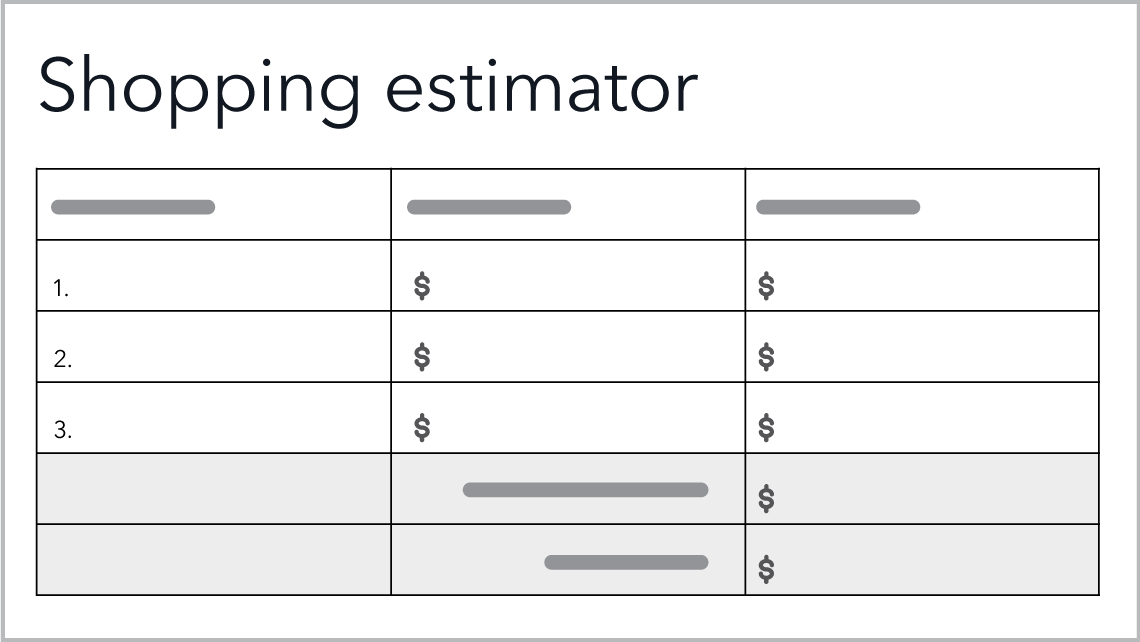School-age children and shopping
- English
- Español
Talking with your child about money can go smoother if you keep the conversation age appropriate. The conversation starters and activities here can help you find the words.
Conversations about shopping
“There’s a difference between a bargain and a scam.”
- Explain that “free” offers online, such as cell phone ringtones or games, can be scams to get people to spend money without realizing it.
- Remind your child that even though advertising tries to get you to spend more money, you are the one who decides when you spend and what you buy.
- Talk to your child about times when it’s easy to buy something, like one-click purchases inside a game, or adding something small to what you’re already buying. Explain that’s a good time to slow down and think twice.
- Listen to your child’s stories about how friends and peers shop and spend, and talk about your family’s habits and priorities.
- If you’ve been taken in by a scam, don’t be afraid to share the story and what you learned to avoid.
Activities about shopping
“It’s a good habit to shop around and compare prices before you buy.”
- With your child, compare prices for a particular toy or game at various online or brick-and-mortar stores.
- Use coupons and discount cards, and show your child how much you are saving. Consider allowing him to keep part of the savings, if he helps clip or print out coupons.
- Share stories about times you successfully shopped for a better deal—or missed out.
What's on a receipt
Print out this activity sheet for your next shopping trip and practice rounding up to include sales tax and estimating the price you’ll pay at the register.

Use a Budget to Shop for a Party
Knowing how to make a budget is an important skill that helps people reach their financial goals. In this activity, children will use a budget to shop for a party.
